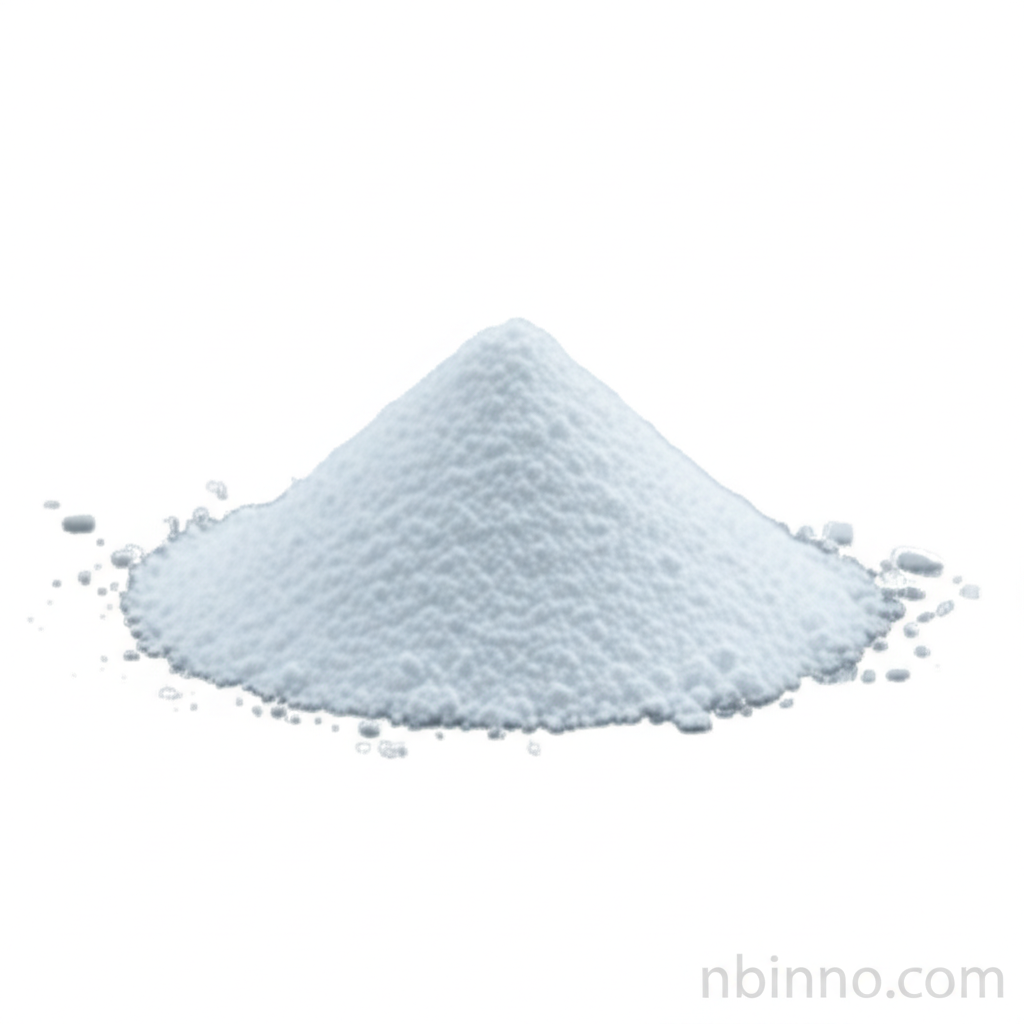Cephradine: Your Guide to Antibiotic Efficacy and Sourcing
Explore the properties, applications, and global market for Cephradine, a vital antibiotic for bacterial infections.
Get a Quote & SampleProduct Core Value: A Broad-Spectrum Antibiotic Solution

Cephradine
Cephradine is a powerful semi-synthetic cephalosporin antibiotic known for its bactericidal action against a wide range of Gram-positive and Gram-negative bacteria. Its mechanism involves inhibiting the synthesis of bacterial cell walls, a critical step in preventing bacterial proliferation. As a pharmaceutical raw material, understanding its CAS number and properties is key for effective sourcing.
- Learn about the Cephradine antibiotic mechanism of action to understand how it effectively combats bacterial infections.
- Discover essential information regarding Cephradine CAS number and properties for accurate identification and quality assurance.
- Explore the various Cephradine uses and dosage recommendations for different types of bacterial infections.
- Find out the best practices for how to source Cephradine powder from reliable global suppliers.
Key Advantages of Cephradine
Broad-Spectrum Efficacy
Cephradine demonstrates efficacy against numerous bacterial strains, making it a versatile choice for treating a variety of infections, including those affecting the respiratory and urinary tracts.
Well-Established Mechanism
Understanding the Cephradine antibiotic mechanism of action reveals its targeted approach to disrupting bacterial cell wall synthesis, a fundamental pathway in antimicrobial therapy.
Global Sourcing Accessibility
Reliable Cephradine pharmaceutical raw material suppliers are crucial for consistent access, enabling efficient how to source Cephradine powder for manufacturing needs.
Key Applications
Respiratory Tract Infections
Effectively treats conditions like sinusitis, pharyngitis, and bronchitis, aiding in the recovery from upper and lower respiratory ailments.
Urinary Tract Infections
Utilized for treating cystitis and pyelonephritis, addressing bacterial infections within the urinary system.
Skin and Soft Tissue Infections
Addresses issues such as impetigo, abscesses, and cellulitis, promoting healing and preventing further spread.
Surgical Prophylaxis
Administered to prevent postoperative infections, particularly in high-risk patients, ensuring better surgical outcomes.
